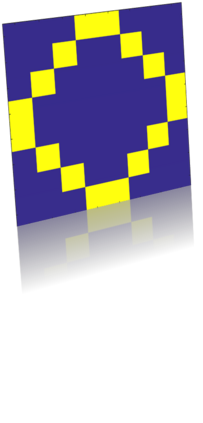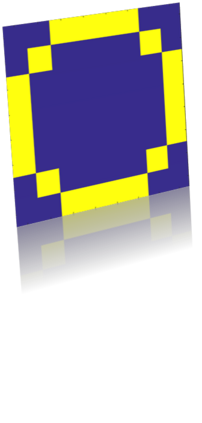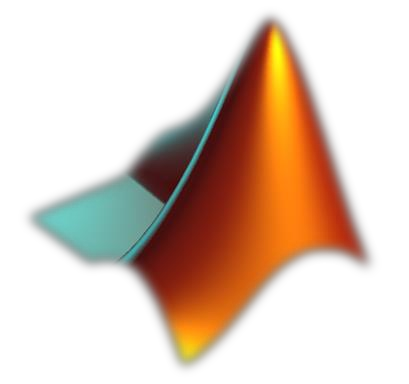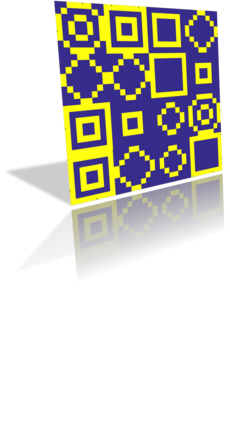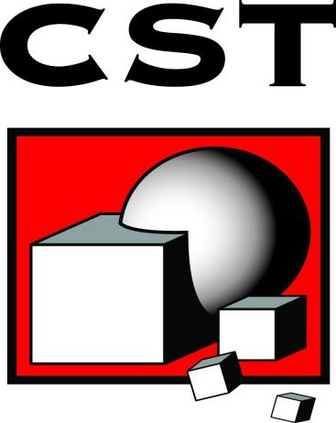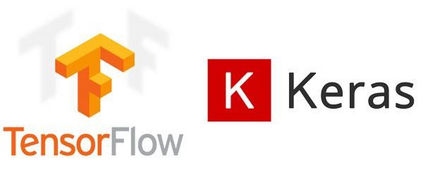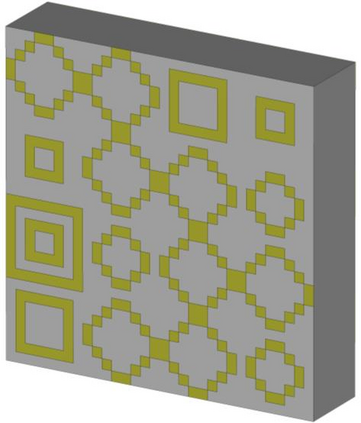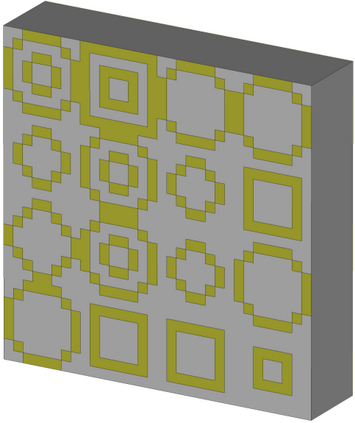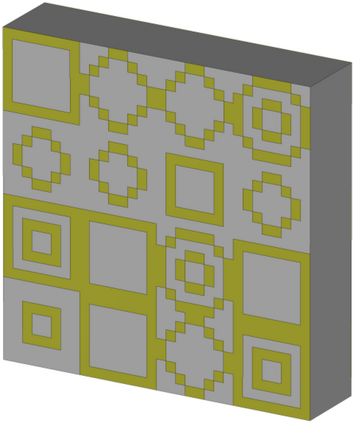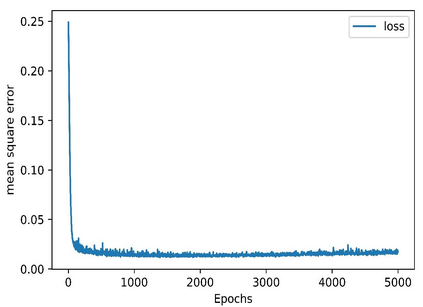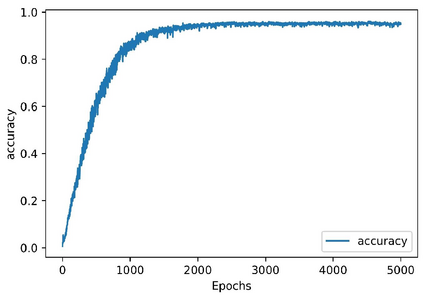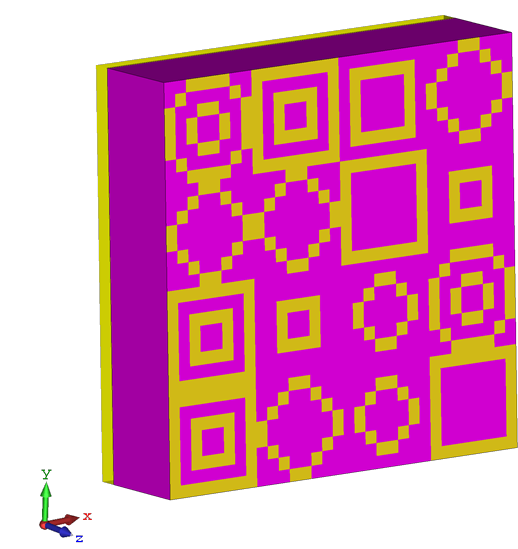Compared to the conventional metasurface design, machine learning-based methods have recently created an inspiring platform for an inverse realization of the metasurfaces. Here, we have used the Deep Neural Network (DNN) for the generation of desired output unit cell structures in an ultra-wide working frequency band for both TE and TM polarized waves. To automatically generate metasurfaces in a wide range of working frequencies from 4 to 45 GHz, we deliberately design an 8 ring-shaped pattern in such a way that the unit-cells generated in the dataset can produce single or multiple notches in the desired working frequency band. Compared to the general approach, whereby the final metasurface structure may be formed by any randomly distributed "0" and "1", we propose here a restricted output structure. By restricting the output, the number of calculations will be reduced and the learning speed will be increased. Moreover, we have shown that the accuracy of the network reaches 91\%. Obtaining the final unit cell directly without any time-consuming optimization algorithms for both TE and TM polarized waves, and high average accuracy, promises an effective strategy for the metasurface design; thus, the designer is required only to focus on the design goal.
翻译:与常规的外表设计相比, 机器学习方法最近为反向实现外表创造了一个激励平台。 这里, 我们使用深神经网络( DNN) 生成特大工作频率波段中TE 和 TM 极化波所需的输出单位电池结构。 为了在4至45千兆赫的多种工作频率中自动生成外表, 我们有意设计8个环形模式, 使数据集生成的单位电池能够在理想的工作频率波段中生成单一或多分点。 与最终的元表结构可以通过任何随机分布的“ 0” 和“ 1” 形成的一般方法相比, 我们在此建议一个限制输出结构。 通过限制输出, 计算数量将会减少, 学习速度也会增加。 此外, 我们已显示网络的准确性达到91++++ 。 直接获取最终的单位电池, 而不对TE 和 TM 极化波和高平均精度的精度进行任何耗时间优化算法, 保证了元表层设计的有效战略 。 因此, 设计只需要 目标 。






